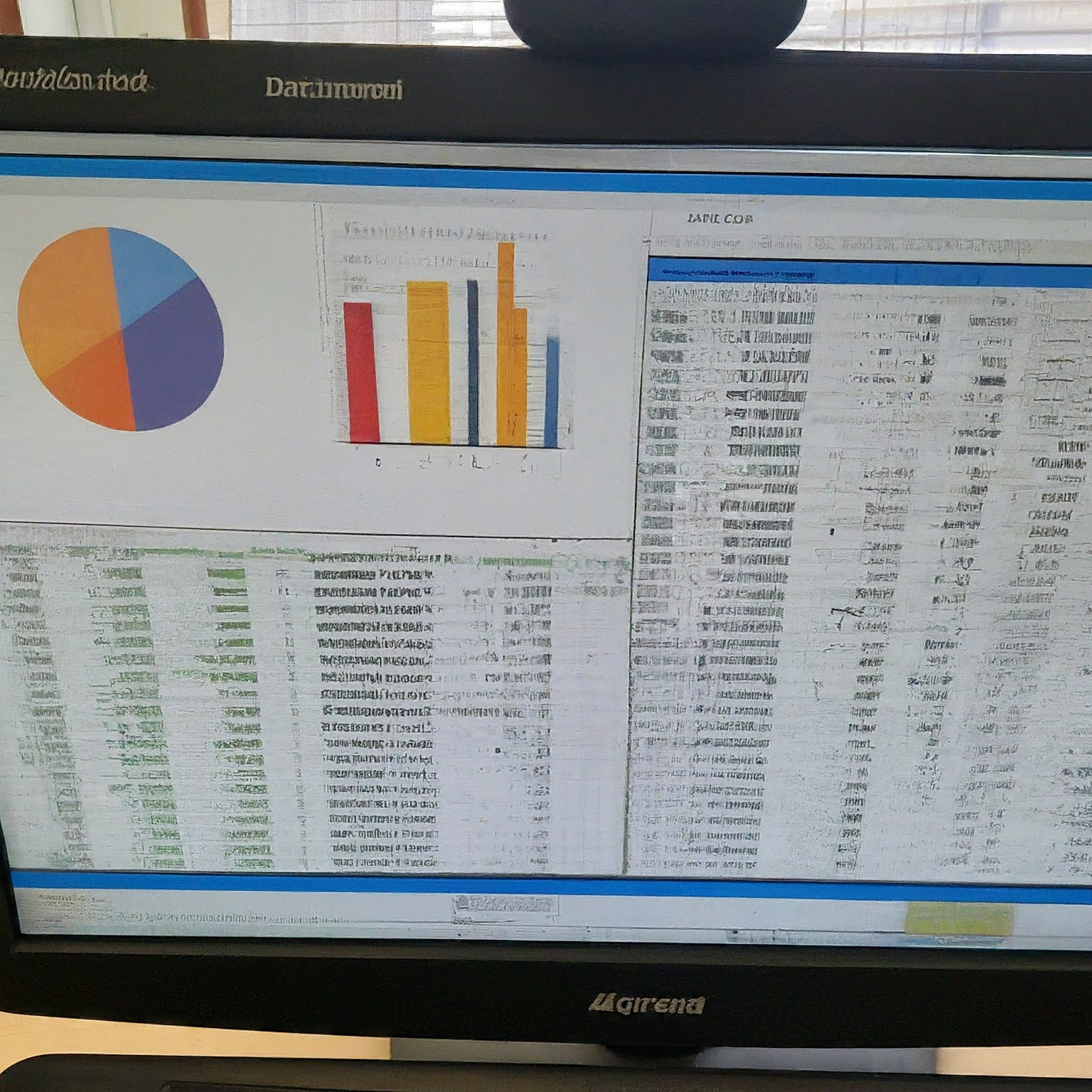About the Author
Sarah Jones is a seasoned journalist with a decade of experience covering education policy in the D.C. area. She’s passionate about advocating for public schools and keeping parents informed about the issues that affect their children’s education.
Navigating the New Normal: Budget Cuts in D.C. Schools
The COVID-19 pandemic has left a lasting impact on every facet of our lives, and education is no exception. While schools have begun to return to a semblance of normalcy, the financial repercussions of the pandemic continue to pose a significant challenge. D.C. schools, like many across the country, are bracing for potential budget cuts that could have a ripple effect on students, educators, and parents.

Understanding the Budget Crunch
There are several factors contributing to the anticipated budget cuts:
- Decreased Enrollment: School enrollment figures haven’t fully rebounded since the pandemic, leading to a decline in federal and state funding tied to student numbers.
- Pandemic Expenses: The necessary investments in safety measures, virtual learning technology, and mental health resources during the pandemic have put a strain on school budgets.
- Economic Uncertainty: The broader economic climate, with rising inflation and potential recessionary concerns, could lead to tighter government budgets with less allocated funding for education.
Potential Impacts of Budget Cuts
Budget cuts can have a domino effect on various aspects of a school’s operation:
- Reduced Staffing: Fewer teachers, counselors, and support staff can lead to larger class sizes, decreased access to specialized programs, and limited individual attention for students.
- Curtailed Resources: Budget cuts might affect funding for essential resources like textbooks, technology, extracurricular activities, and classroom supplies.
- Diminished Innovation: Limited funding can restrict schools’ ability to implement innovative teaching methods and invest in new programs that benefit students.

A Look at the Numbers (Informative Table)
| Area Potentially Affected | Possible Impact |
|---|---|
| Teacher Staffing | Larger class sizes, fewer course offerings |
| Support Staff | Reduced access to counselors, librarians, and specialists |
| Educational Resources | Outdated textbooks, limited technology, fewer classroom supplies |
| Extracurricular Activities | Cuts to sports programs, arts programs, and clubs |
| Professional Development | Fewer opportunities for teachers to attend training and workshops |
Working Together: Finding Solutions
While the situation presents a challenge, there’s still room for optimism. Here are some potential solutions:
- Community Engagement: Schools can work with parents, community organizations, and businesses to seek alternative funding sources and garner support for public education.
- Prioritization: School administrators can conduct a thorough review of expenditures and identify areas for potential cost-saving measures while prioritizing core educational programs.
- Advocacy: Parents, educators, and community members can advocate for increased government funding for education at the local, state, and federal levels.
The Road Ahead: Investing in Our Children’s Future
The potential budget cuts in D.C. schools raise significant concerns, but they also present an opportunity for collaboration and innovation. By working together, parents, educators, and the community can find solutions to lessen the impact of budget cuts and ensure that D.C. schools continue to provide a quality education for all students.
Remember: Every child deserves access to a well-funded and resourced education. Let’s work together to advocate for our schools and secure a brighter future for our children.




